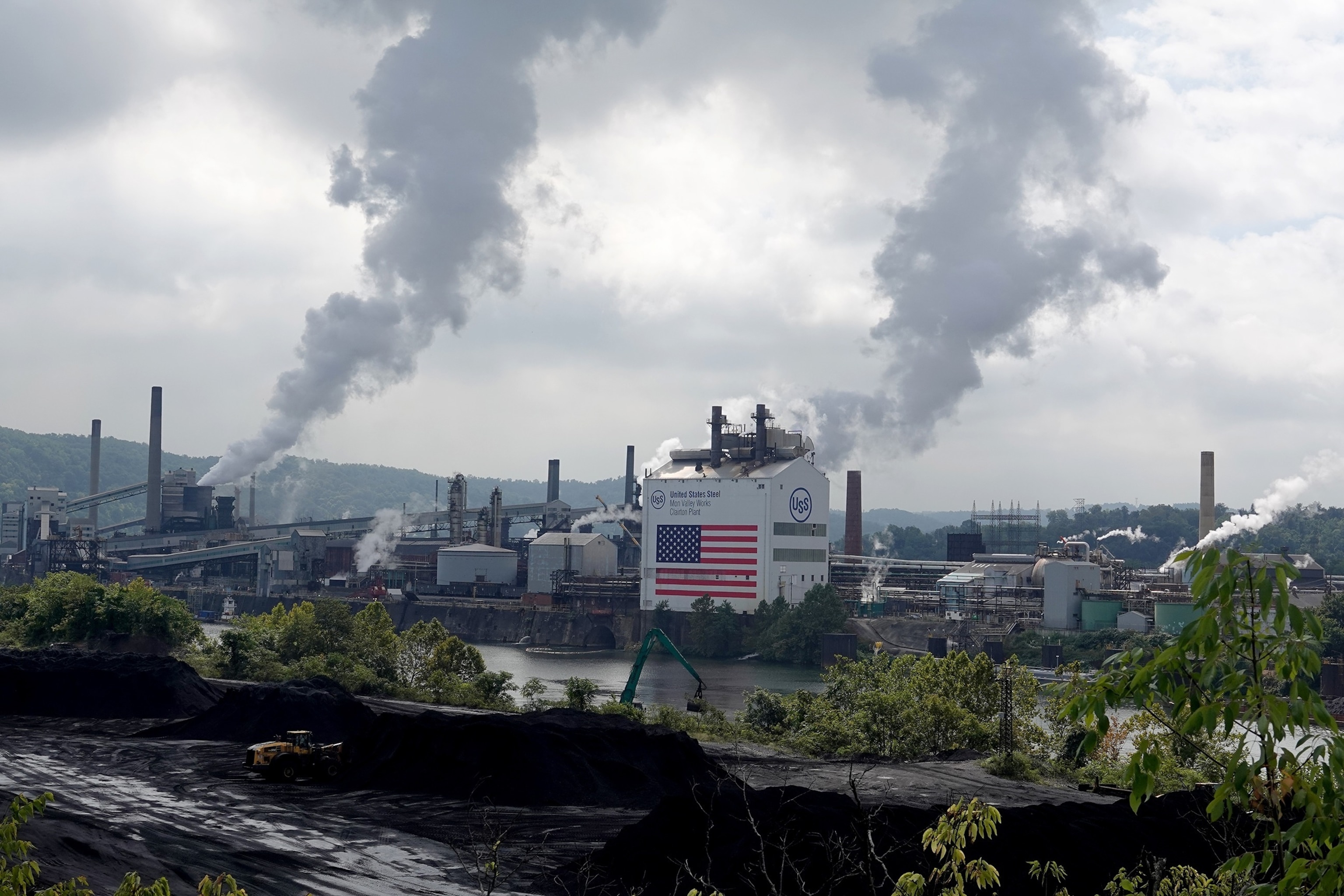

A major pollutant from mining fossil fuels has been linked to an increased risk of amyotrophic lateral sclerosis (ALS), according to new research.
Longterm exposure to sulfur dioxide, a component produced by the combustion of oil-based fuel and coal, is associated with the development of the neurodegenerative disease, a paper published in Environmental Research found.
The study began after healthcare workers at a provincial ALS clinic in New Brunswick, Canada, had been noticing a higher incidence rate of patients in the region, lead author Daniel Saucier, a postdoctoral researcher at the University of Sherbrooke in Quebec and lead author of the paper, told ABC News.
"If there's so many cases in New Brunswick, you know, what's going on? What's causing it?" asked Saucier, who had just finished his master's degree doing research on diagnostic methods for ALS when the study commenced. "But we know very little about what causes ALS."

Saucier and his colleagues compared 304 people who had been diagnosed with ALS to 1,207 healthy people of the same age and sex, according to the paper. They based the subjects' individual exposure to pollutants based on environmental records from their home address.
The researchers then embarked on a quantitative study that looked at the estimated pollution levels at the subjects' primary residences.
"And sure enough, it turned out that it looked like air pollution was potentially related to the increased cases of ALS in New Brunswick, with sulfur dioxide appearing to be the one that had a significant association of ALS," Saucier said.
Subjects had a 23% higher chance of being diagnosed with ALS several years later, according to the study.
The study only looked at association, not causation.
It is unclear whether there are clusters of increased SO2 in the region, and, if so, what is causing it, he added.
Researchers focused on the levels of sulfur dioxide present before symptoms of ALS began to appear, compared to levels taken in the years before a diagnosis was made, according to the paper.

High levels of SO2 can be created during "anything that has to do with mining activities" as well as the use of fossil fuels for energy, such as the burning of coal or diesel-operated equipment, Saucier said.
"There might be some local concentrations that are high in the area," he said.
All of the regions covered in the study were within Canada's guidelines for clean air, according to the paper.
More studies will need to be done to devise prevention strategies and improved regulatory intervention on air pollution exposure levels on behalf of public health, the researchers said.
"At the end of the day, if we're truly to get to a safe level of no pollution, combustion will have to eventually cease to be our primary method of making energy and make way for new technology," Saucier said.
ABC News' Dr. Noor Shaik contributed to this report. Shaik is a neurology resident physician and a member of the ABC News Medical Unit.
